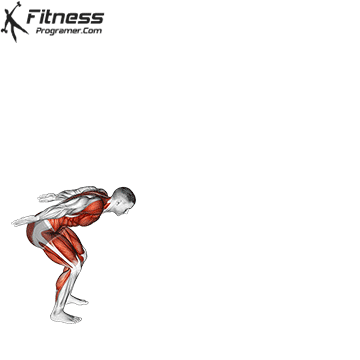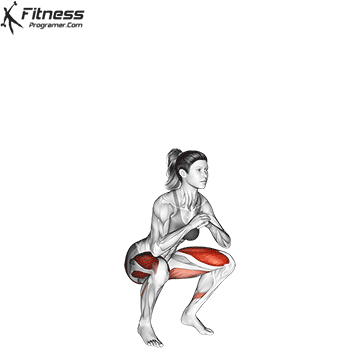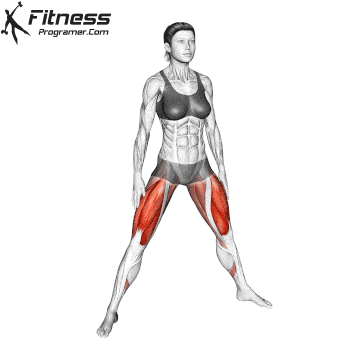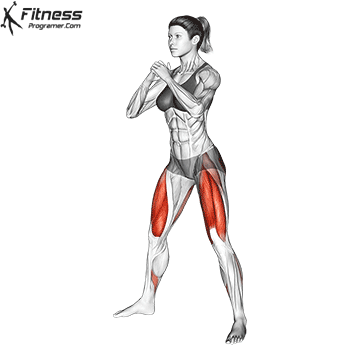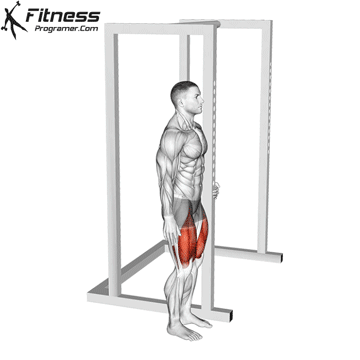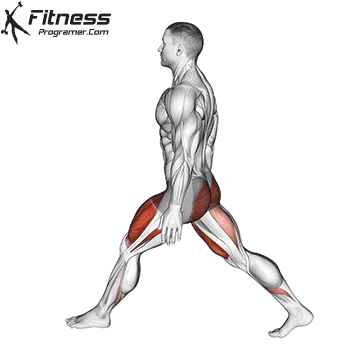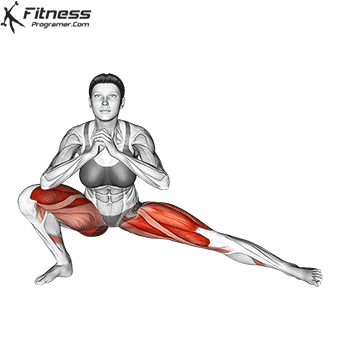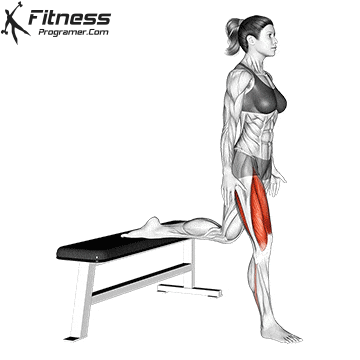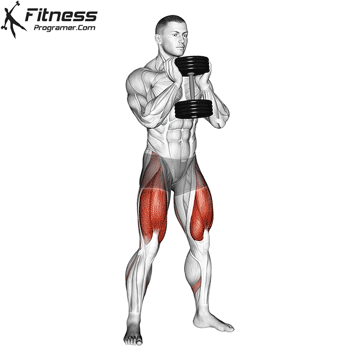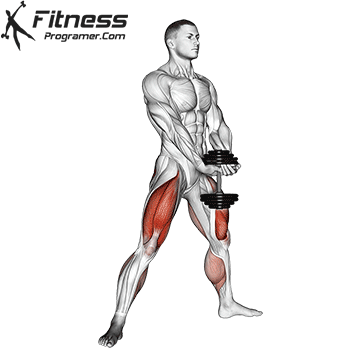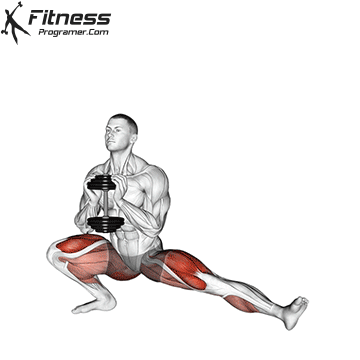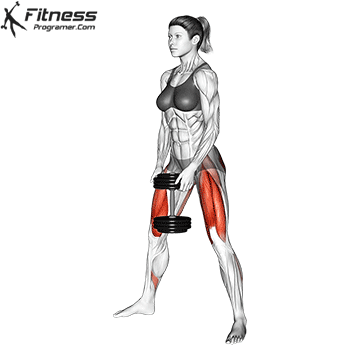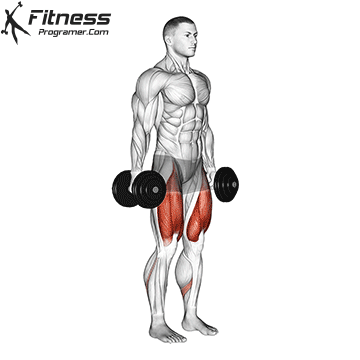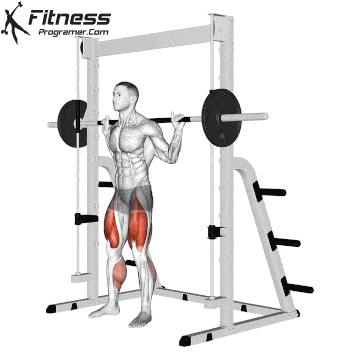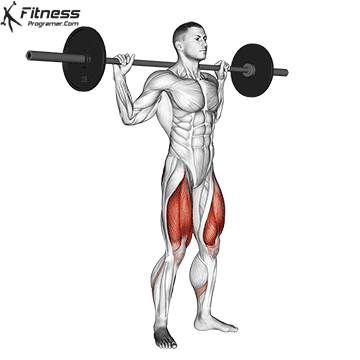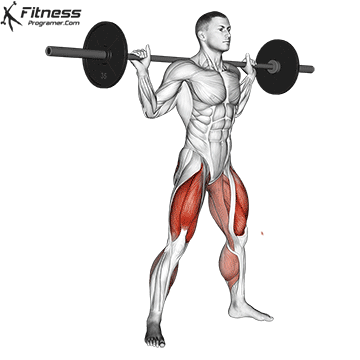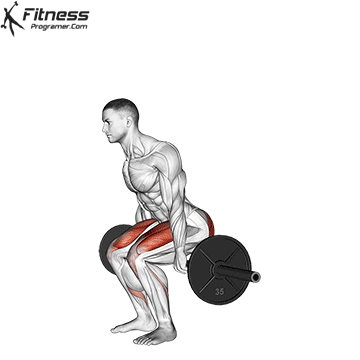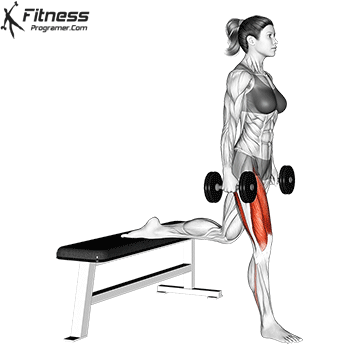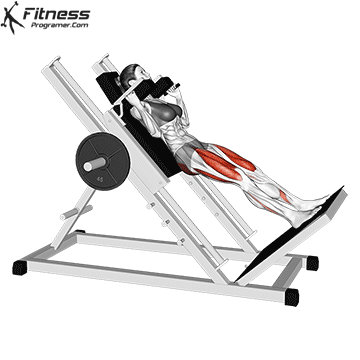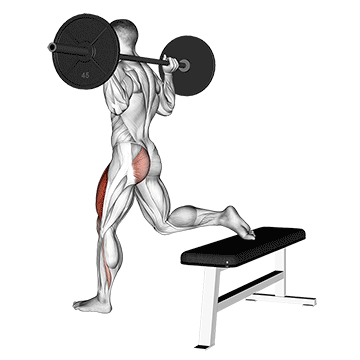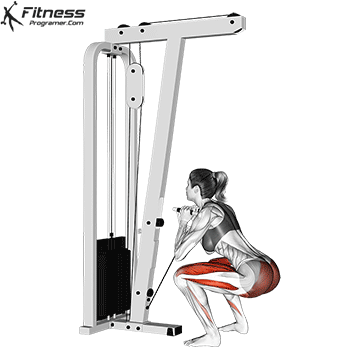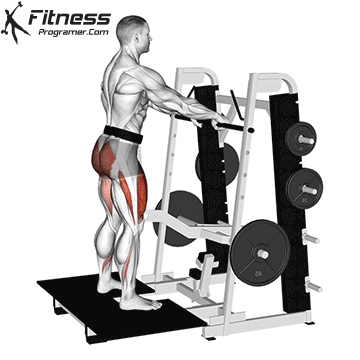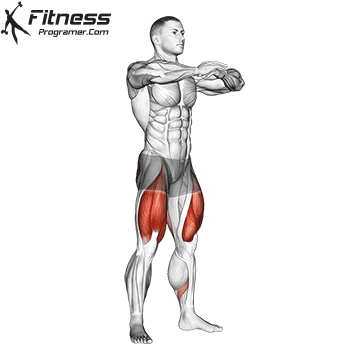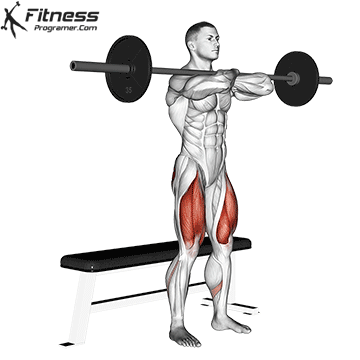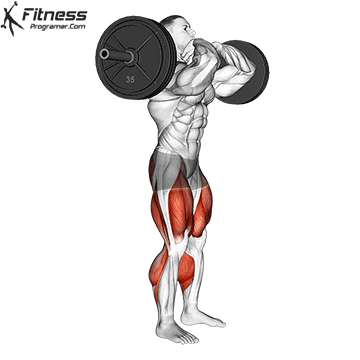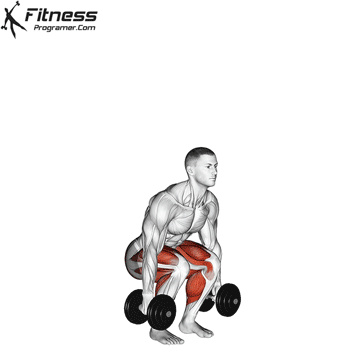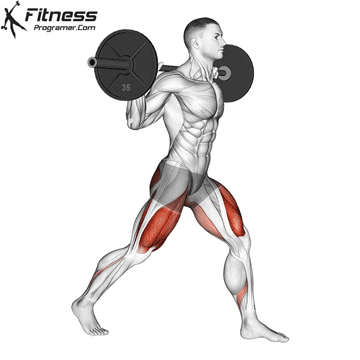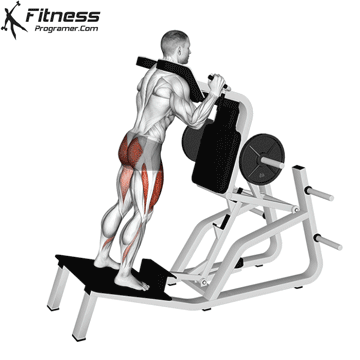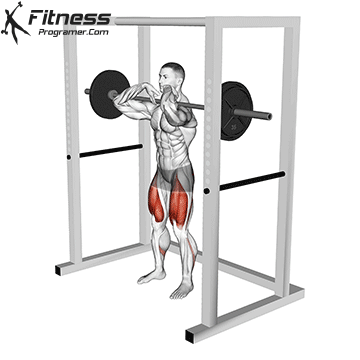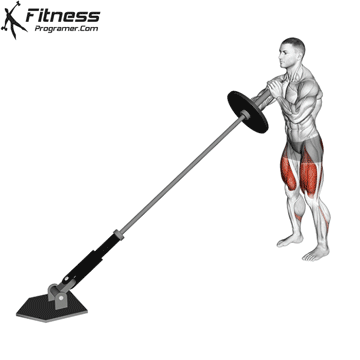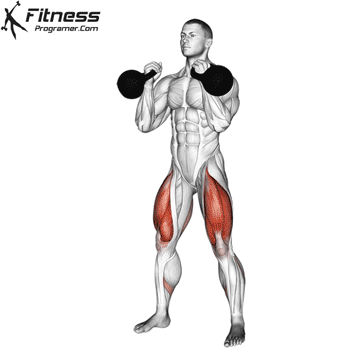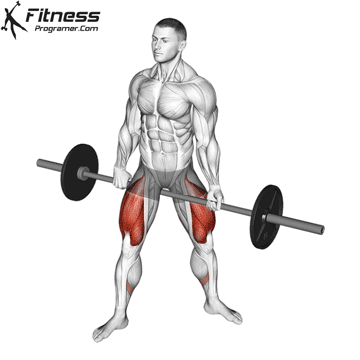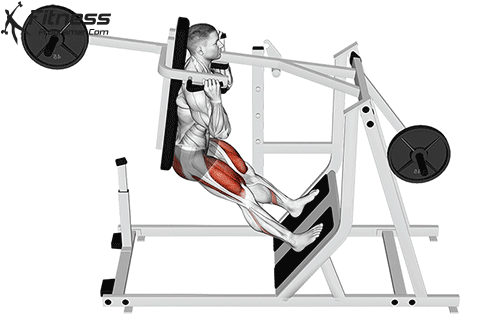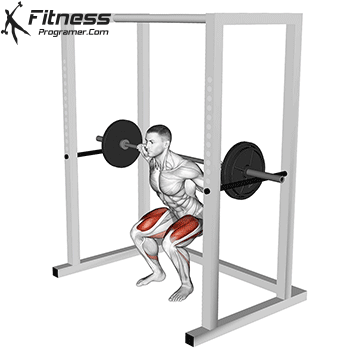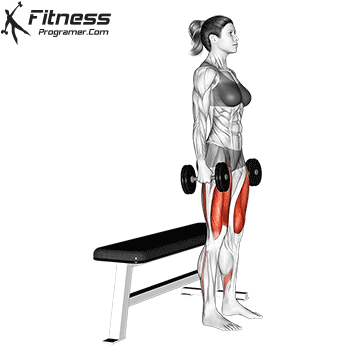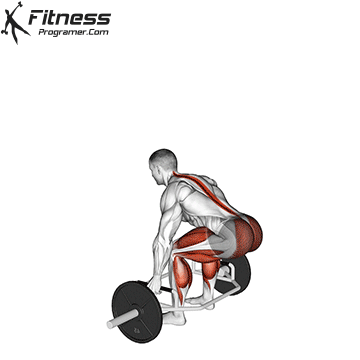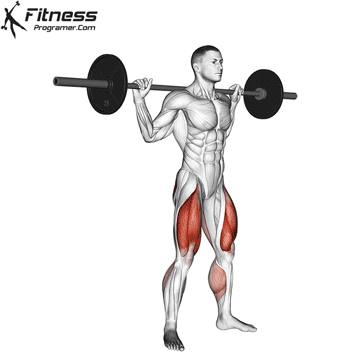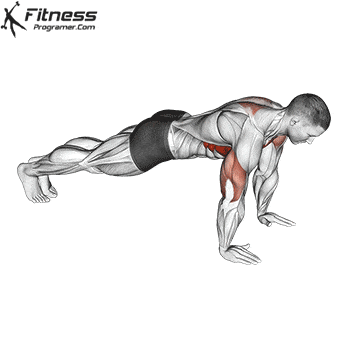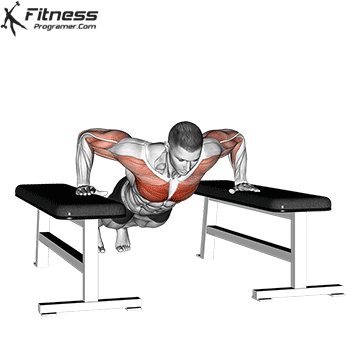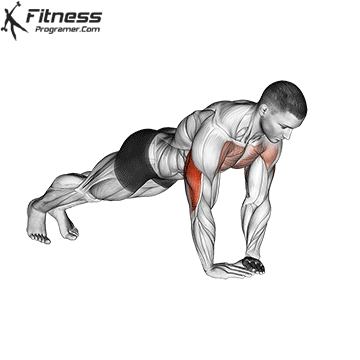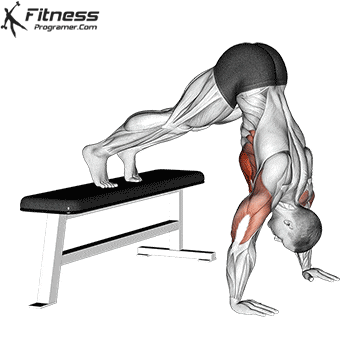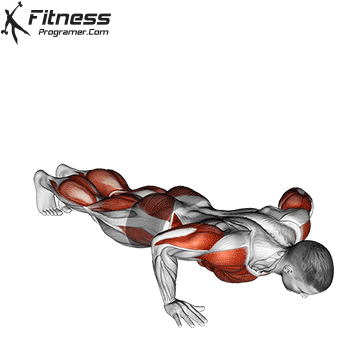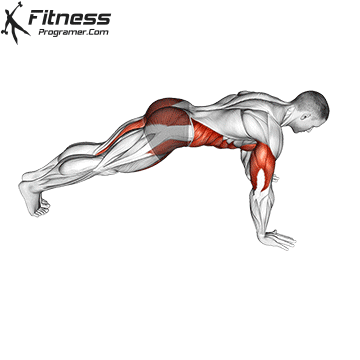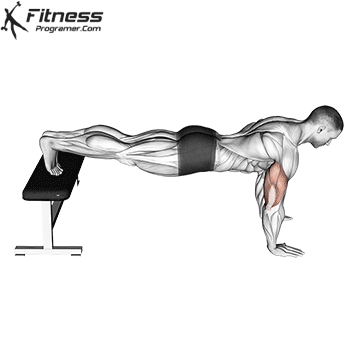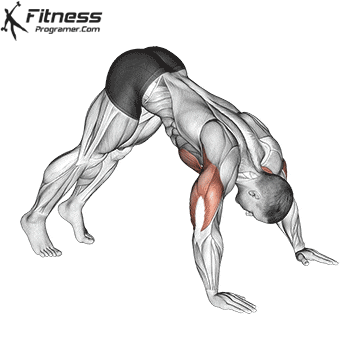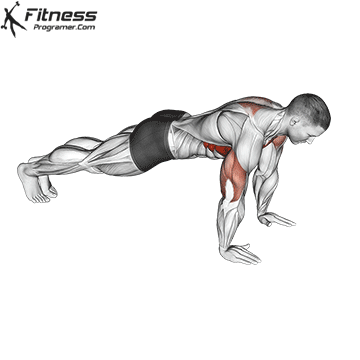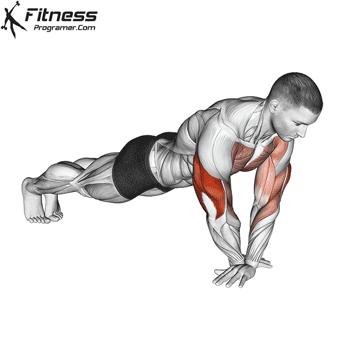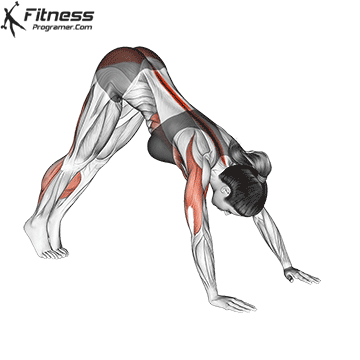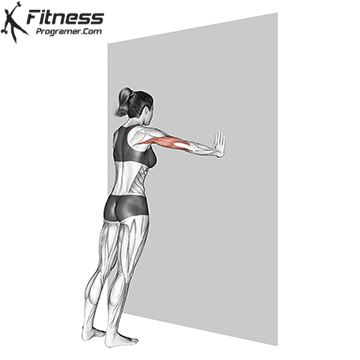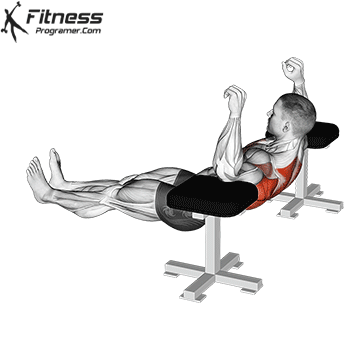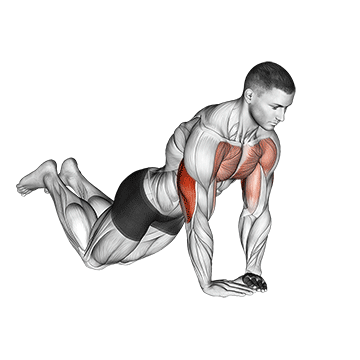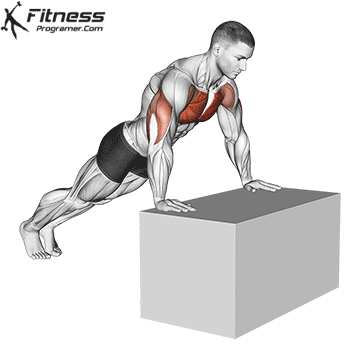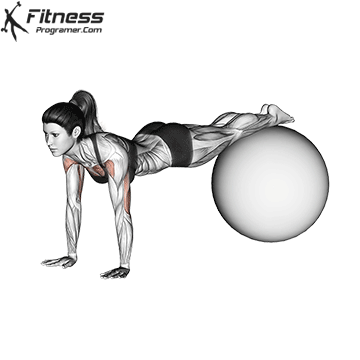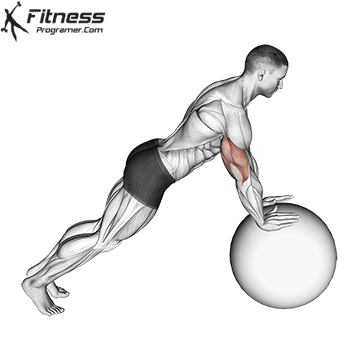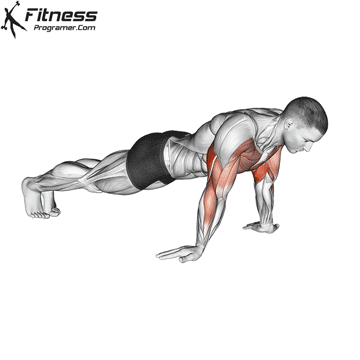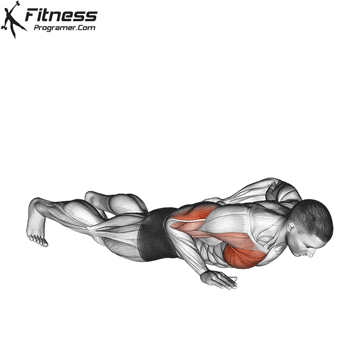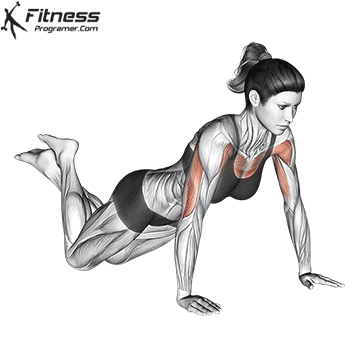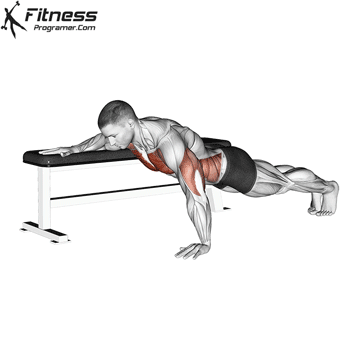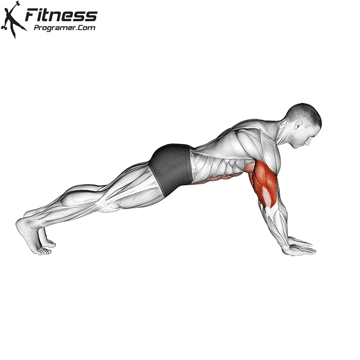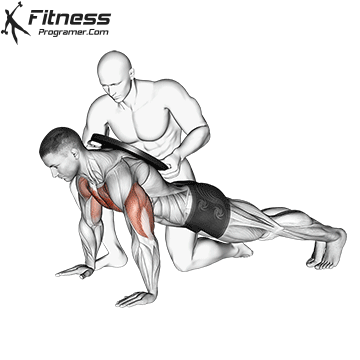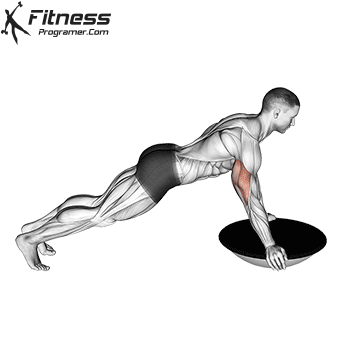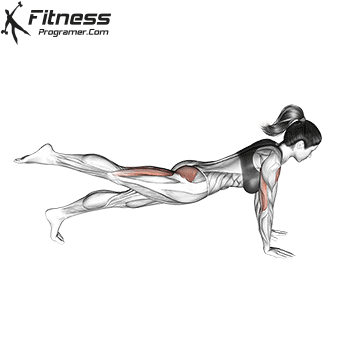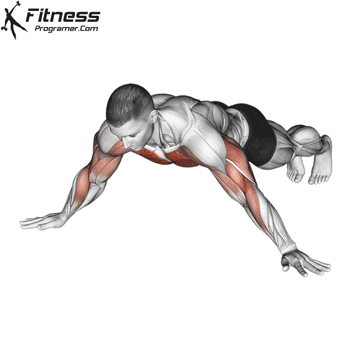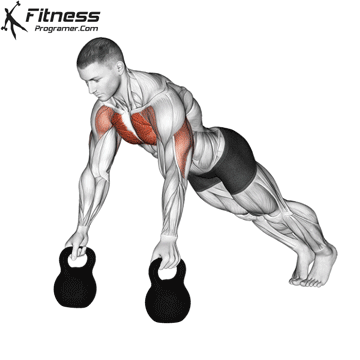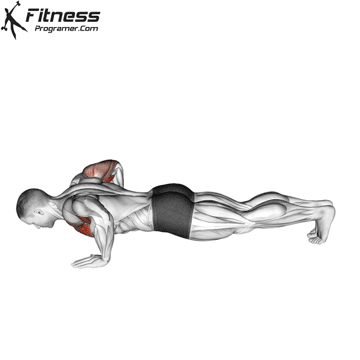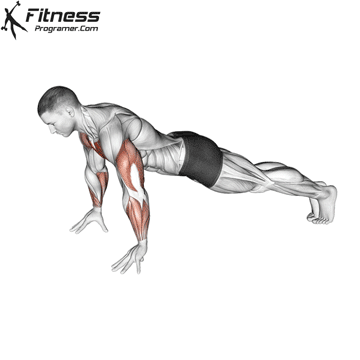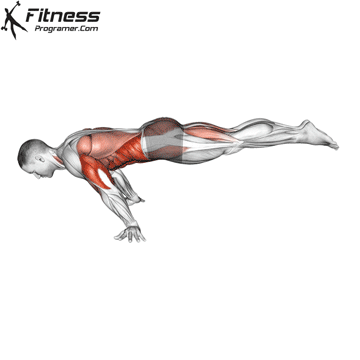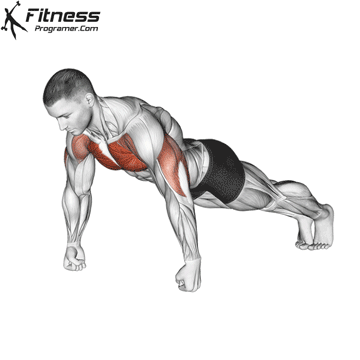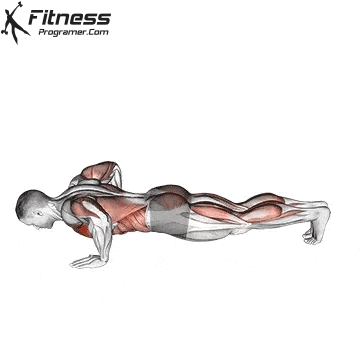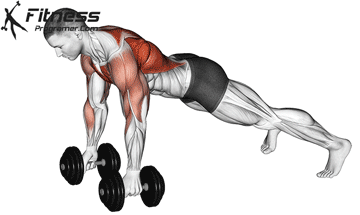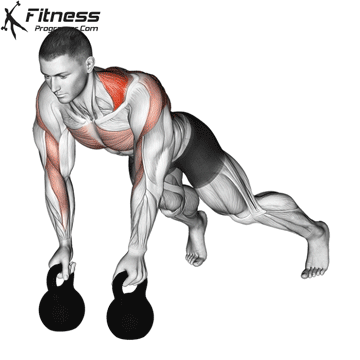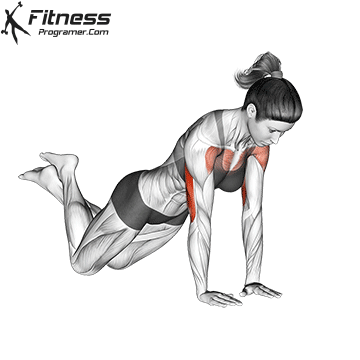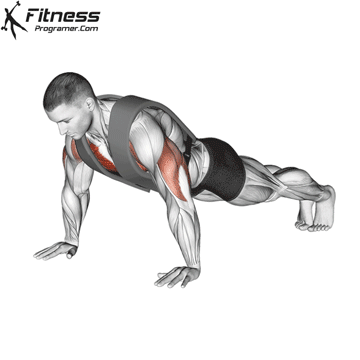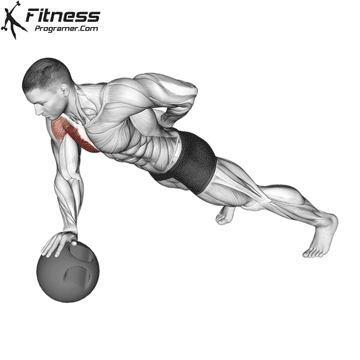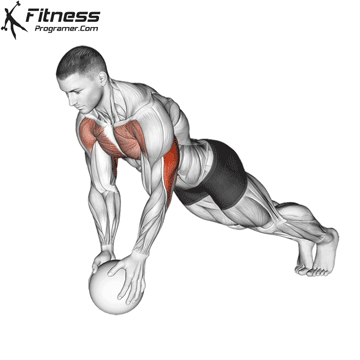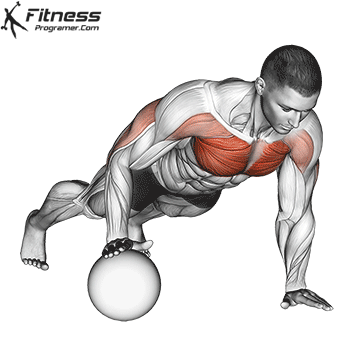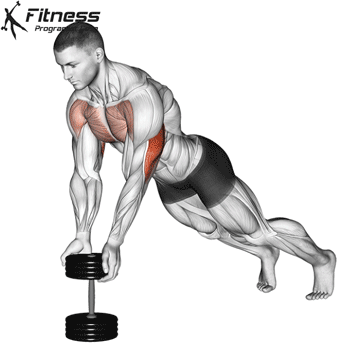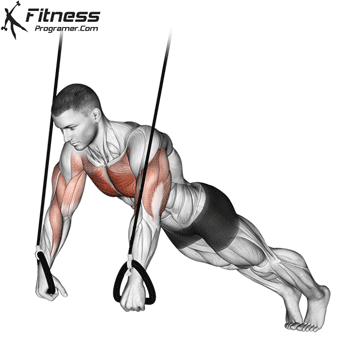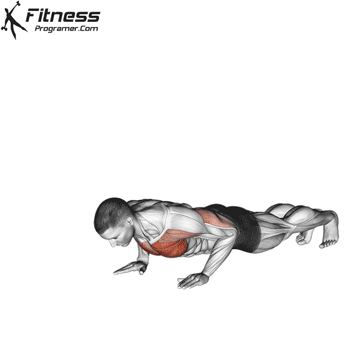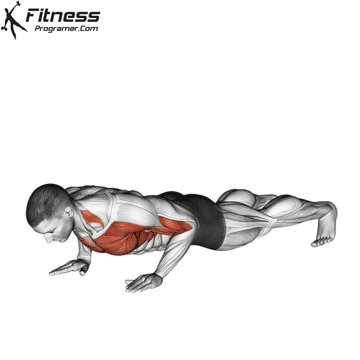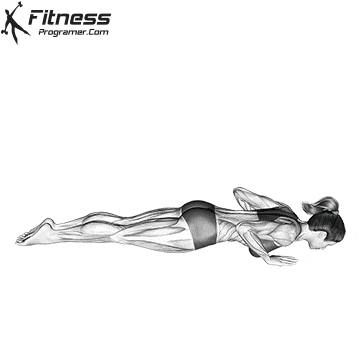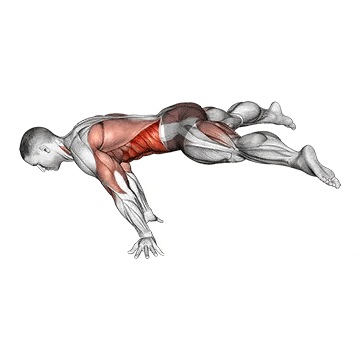How to Jumping jack
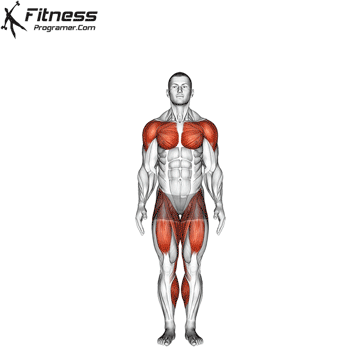 Jumping jack Benefits
Jumping jack Benefits
- Jumping jack are a plyometric exercise. Plyometrics are explosive aerobic moves that increase speed, quickness, and power and they work your whole body.
- Jumping jack target the arm, shoulder, abdominal muscles, hip muscles and hip flexors and also work on the thighs, knee tendons and quadriceps.
- Jumps are beneficial to your health because they combine cardiovascular conditioning with strength work. Since jumps elevate your heart rate, they can also improve your cardiovascular fitness.
Muscles Worked in the Jumping jack
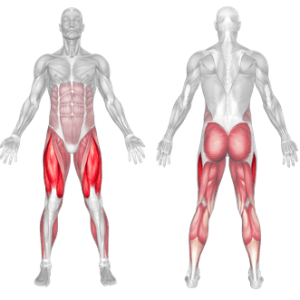
How to Single Leg Broad Jump
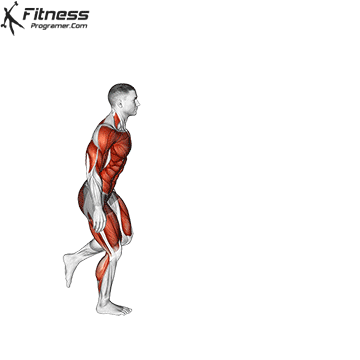
Single Leg Broad Jump Benefits
- Jump are a plyometric exercise. Plyometrics are explosive aerobic moves that increase speed, quickness, and power and they work your whole body.
- Jump target the abdominal muscles, hip muscles and hip flexors and also work on the thighs, knee tendons and quadriceps.
- Jumps are beneficial to your health because they combine cardiovascular conditioning with strength work. Since jumps elevate your heart rate, they can also improve your cardiovascular fitness.
Muscles Worked in the Single Leg Broad Jump

Overview
The jump squat is a high-intensity bodyweight movement that targets the legs and glutes through an explosive upward jump from a squat position. It develops lower-body power, strengthens fast-twitch muscle fibers, and increases vertical jump capacity. It is often used in sports conditioning, functional training, plyometric and high-intensity workouts.
How to do Perform Jump Squat
Stand tall with your feet shoulder-width apart and arms at your sides.
Lower into a squat by bending your knees and hips until your thighs are parallel to the floor.
Explode upward, jumping as high as you can while swinging your arms for momentum.
Land softly by bending your knees and absorbing the impact through your legs.
Reset immediately into your next squat and repeat for the desired reps.
Tips for Proper Form
Land softly with bent knees to protect your joints.
Keep your chest up and core braced during both the squat and jump.
Drive through your heels to generate force from your glutes and quads.
Avoid letting your knees collapse inward during takeoff or landing.
Maintain a rhythm, but prioritize control over speed.
Common Mistakes
Landing stiff-legged, which can strain the knees and ankles.
Letting the chest drop, leading to poor posture and reduced jump height.
Not squatting deep enough, minimizing lower-body engagement.
Failing to reset between reps, leading to sloppy execution.
Using too much arm swing, rather than generating power through the legs.
Benefits of the Jump Squat
Builds Explosive Power: The jumping motion trains fast-twitch muscle fibers for greater athletic output and vertical leap.
Increases Lower Body Strength: Jump squats activate the quads, glutes, hamstrings, and calves under load.
Improves Cardiovascular Fitness: Performed in high-rep sets, this movement elevates heart rate and builds endurance.
Boosts Athletic Performance:It increases performance and improves agility in sports that require running, jumping, or quick changes of direction.
Enhances Coordination and Balance: Landing and jumping in rhythm develops proprioception and body control.
Burns More Calories: The high-intensity, full-body nature of jump squats increases calorie expenditure.
Requires No Equipment: It is a versatile, accessible bodyweight exercise suitable for home or gym workouts.
How to Incorporate Into Your Routine
- For Beginners: Start with 2 to 3 sets of 6 to 8 reps using a controlled pace to build form and joint tolerance.
- For Hypertrophy: Perform 3 to 4 sets of 8 to 12 reps in combination with weighted leg work for muscle growth.
- For Strength: Pair with resistance squats to activate fast-twitch fibers before lifting.
- For Functional Training: Include 3 sets of 6 reps in movement-based or athletic circuits.
- For Circuit Training: Add to a lower-body circuit for 30 seconds of max reps to elevate intensity.
- For General Fitness: Use 2 to 3 sets of 10 reps as part of your warm-up or conditioning block.
- For Mobility or Recovery: Use assisted versions or low-impact jump squats to reintroduce dynamic movement.
Jump Squat Muscles Worked
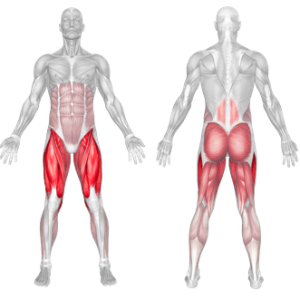
Frequently Asked Questions
Are jump squats safe for beginners?
Yes, but it’s important to master the basic squat first and start with small jumps to reduce impact.
How high should I jump?
Focus on controlled power rather than height. Quality form is more important than maximum elevation.
Can I add weight to jump squats?
Yes, but only once bodyweight form is strong. Consider using a light vest or dumbbells cautiously.
How often should I include jump squats?
Two to three times a week is ideal for most training programs focused on strength and conditioning.
Jump Squat Variations
How To Do Side Shuttle
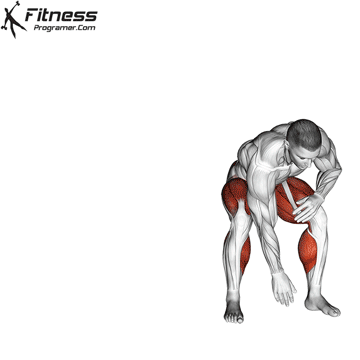
Tuck Jump
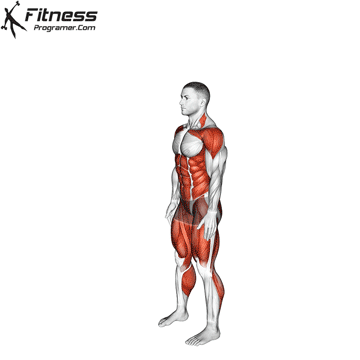
Clap Push-Up Overview
Clap push-ups are an advanced and explosive variation of the standard push-up. It involves propelling your body off the ground with enough force to clap your hands together before catching yourself and returning to the starting push-up position. This exercise is considered a plyometric or explosive push-up variation and is often used to increase upper body strength and power.
It’s important to note that clap push-ups are an advanced exercise and should only be attempted by individuals who have mastered standard push-ups and have a solid foundation of upper body strength. Proper form and technique are crucial to prevent injuries, especially wrist and shoulder issues.
How to Perform a Clap Push-Up:
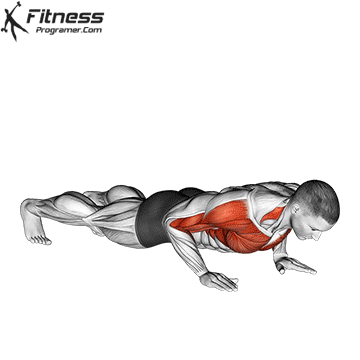
- Starting Position:
- Begin in a regular push-up position with your hands placed slightly wider than shoulder-width apart on the floor.
- Your body should form a straight line from head to heels. Engage your core muscles to maintain stability.
- The Descent:
- Lower your chest toward the ground by bending your elbows. Keep your body in a straight line throughout the descent.
- Lower yourself as far as you would in a standard push-up, with your chest approaching the floor.
- The Clap:
- Explosively push off the ground with your hands, generating enough upward force to lift your upper body off the floor.
- While in mid-air, quickly bring your hands together in front of your chest and clap them together. This requires speed and coordination.
- Try to clap your hands as close to your chest as possible.
- The Landing:
- After clapping your hands, immediately extend your arms to catch yourself and return to the push-up position.
- Land with your hands slightly wider than shoulder-width apart, ready for the next repetition.
- Land with bent elbows to absorb the impact and protect your wrists and elbows.
- Repeat:
- Perform multiple repetitions of the clap push-up, focusing on explosive power and a controlled landing.
- Gradually increase the number of repetitions as you become more comfortable with the exercise.
Tips for Proper Form:
- Maintain a strong core to prevent sagging or arching of the lower back.
- Use your chest, shoulders, and triceps to generate explosive power.
- Land softly with bent elbows to reduce stress on your joints.
- Keep your breathing controlled—inhale as you lower and exhale as you push up.
Common Mistakes:
- Incomplete Push-Off: Failing to generate enough force can result in incomplete claps or failed landings.
- Poor Hand Placement: Placing hands too wide or too narrow can reduce power and increase injury risk.
- Dropping the Hips: Allowing the hips to sag strains the lower back and reduces efficiency.
- Locking the Elbows on Landing: This increases stress on the joints and can lead to injuries.
Benefits of Clap Push-Ups:
- Upper Body Strength: Clap push-ups primarily target the chest, shoulders, and triceps, making them an effective exercise for building upper body strength. The explosive nature of the movement engages these muscles more intensely than standard push-ups.
- Power and Explosiveness: Clap push-ups require you to generate explosive power to lift your body off the ground and clap your hands together in mid-air. This helps improve your explosive strength and speed, qualities that are valuable in many sports and activities.
- Muscle Endurance: Performing multiple repetitions of clap push-ups can increase muscular endurance in your chest, shoulders, and triceps. Improved endurance can enhance your overall athletic performance and reduce the risk of fatigue-related injuries.
- Core Engagement: To maintain stability and control during clap push-ups, your core muscles must work harder to keep your body aligned. This contributes to improved core strength and stability.
- Enhanced Plyometric Abilities: Clap push-ups are a plyometric exercise, which means they involve explosive movements that improve your ability to generate force quickly. This can be beneficial for activities that require jumping, sprinting, and rapid changes in direction.
- Caloric Burn: Due to the high intensity and explosive nature of clap push-ups, they can be an effective calorie-burning exercise. Incorporating them into an explosive workout routine can contribute to fat loss and improved body composition.
- Functional Strength: Clap push-ups are a functional exercise that mimics real-life movements involving pushing and explosive upper body actions.
- Mental Toughness: Successfully performing clap push-ups requires mental focus, determination, and confidence. It can be a rewarding exercise that boosts your mental toughness and self-esteem.
Coach’s Note: Clap push-ups are a challenging exercise that requires strength, speed, and coordination. They are effective for building explosive upper body power and improving your push-up performance. Due to their high intensity and potential for injury if not executed correctly, it’s important to ensure you have a strong foundation in regular push-ups before attempting clap push-ups.
Clap Push-Up Muscles Worked
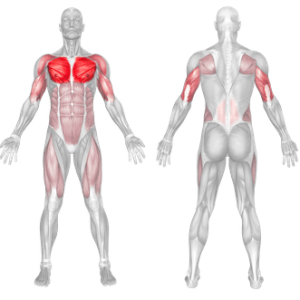
Clap Push-up Variations
These variation exercises are all effective ways to stimulate and work similar muscle groups that the clap push-up would hit. Try adding these variations of the push-up into your training to keep workout fun and varied.
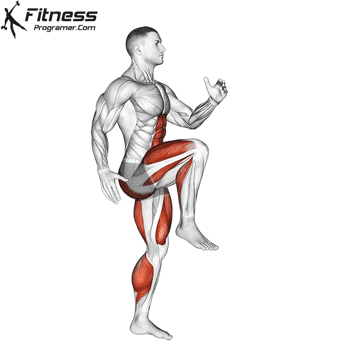
How to do Jack Burpees
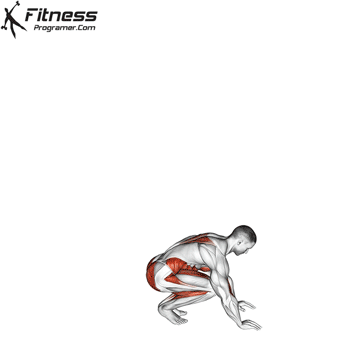
Jack Burpees Benefits
- Jack Burpees are one of the most effective full-body exercises that help burn calories quickly while targeting all the muscles of your body. Jack Burpees are a plyometric exercise. Plyometrics are explosive aerobic moves that increase speed, quickness, and power and they work your whole body.
- This exercise target the abdominal muscles, hip muscles and hip flexors and also work on the thighs, knee tendons, quadriceps and shoulders.
- Jumps are beneficial to your health because they combine cardiovascular conditioning with strength work. Since jumps elevate your heart rate, they can also improve your cardiovascular fitness. Start slowly until you are used to the exercise and gradually work up to more repetitions.
Muscles Worked in the Jack Burpees
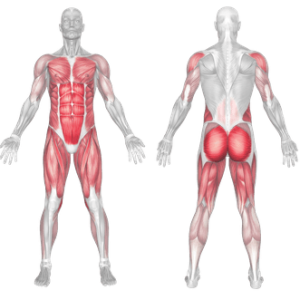
Astride Jumps
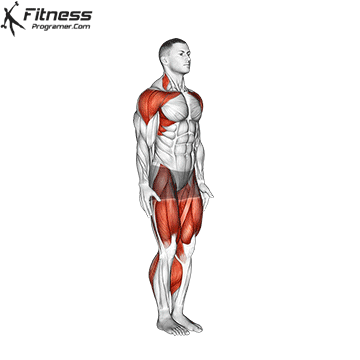
How To: Long Jump
